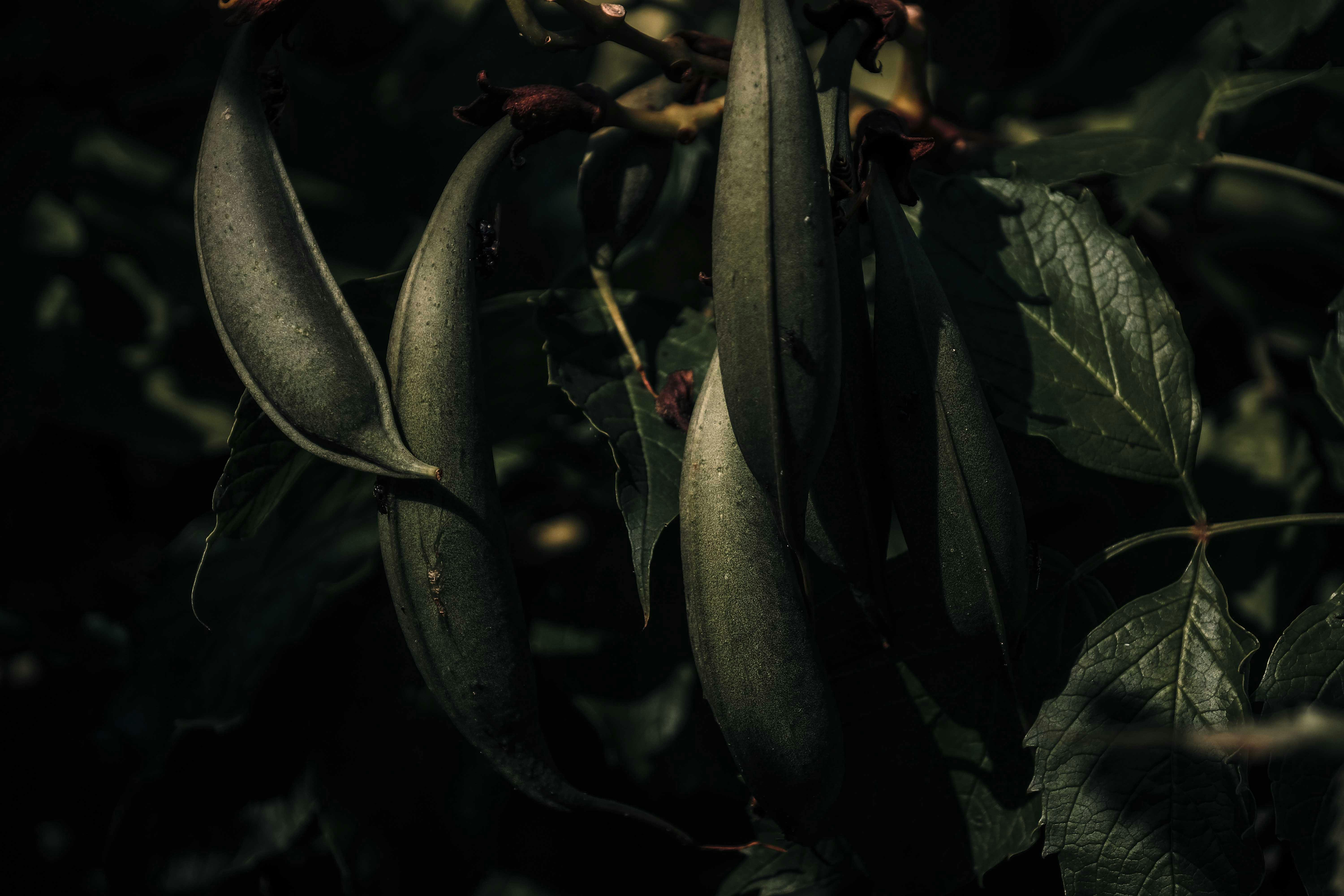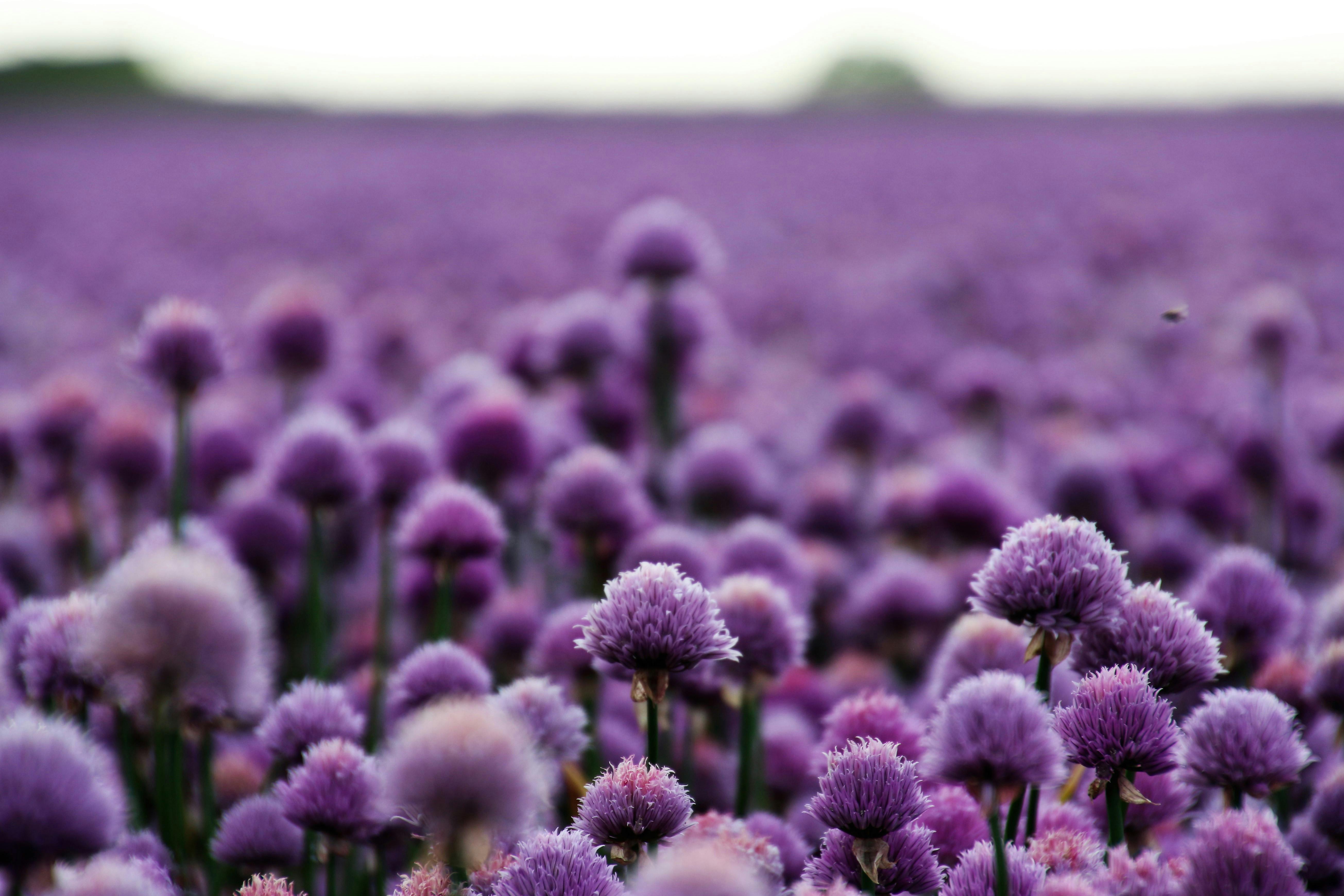Snap peas are an easy and nutritious vegetable to grow in the garden. With minimal care and attention, you can enjoy a bountiful harvest of sweet, succulent snap peas throughout the growing season. By providing the right conditions, you can enjoy a bumper crop of this delicious vegetable. In this guide, we’ll go over how to plant and care for snap peas in your garden.1. Choose a sunny spot in the garden that has well-draining soil. Peas need a minimum of 6 hours of direct sunlight each day.
2. Till the soil to a depth of 6 inches, adding compost or fertilizer if desired, and rake the soil until it’s level.
3. Plant the peas 1 inch deep and 2 inches apart in rows that are spaced 18 to 24 inches apart.
4. Water the peas deeply after planting and keep them watered throughout the growing season.
5. As soon as vines begin to appear, install a tre
The Best Soil for Growing Snap Peas
Snap peas are a type of edible pod pea that is popular in many gardeners’ vegetable plots. They are easy to grow and can produce an abundant crop with proper care. One of the most important aspects of growing snap peas is to provide them with the right soil. The best soil for growing snap peas should be rich and nutrient-dense, as well as well-draining.
When selecting soil for snap peas, look for one that has a balanced combination of nitrogen
Tips for Optimal Sun Exposure for Snap Peas
Providing snap peas with the optimal amount of sun exposure is key to a successful crop. Here are some tips to help ensure your snap peas get the best sun exposure possible:
Choose the Right Location
The location you choose for your snap pea garden should be in full sun, meaning at least six hours of direct sunlight a day. Avoid areas with heavy shade or near large buildings that could block out much of the sunlight. You will also want to choose a
How Much Water Does a Snap Pea Plant Need?
Snap pea plants need plenty of water to stay healthy and produce a good crop. It is important to water them regularly, especially during dry spells or hot weather. Keeping the soil evenly moist is the key to success when growing snap peas. Too much or too little water can lead to disappointing yields and poor plant health.
For best results, snap pea plants should be watered deeply once per week during the growing season. A deep watering allows the moisture to penetrate down into the root zone, where it
https://images.pexels.com/photos/5576199/pexels-photo-5576199.jpeg
Fertilizing Snap Pea Plants
Fertilizing snap pea plants is an important part of growing healthy and productive snap pea plants. Snap peas are a cool-season crop, so it is best to fertilize them in early spring, before the growing season begins. If your soil is low in nutrients, you may need to fertilize your snap peas throughout the growing season. To do this, use a balanced fertilizer that contains nitrogen, phosphorous, and potassium. Nitrogen helps promote leaf growth and contributes to a healthy root system

Controlling Pests and Diseases on Snap Pea Plants
Snap peas are a delicious, nutritious vegetable that can be grown in home gardens. Unfortunately, they can also be susceptible to pests and diseases. To ensure healthy and productive snap pea plants, it is important to monitor them regularly for signs of infestation or infection. Inspecting the plants at least once a week can help to detect problems early and take action before they become too serious.
The most common pests that affect snap pea plants include aphids, flea beetles, cucumber beetles, and
Harvesting Snap Peas
Harvesting snap peas from the garden is a rewarding experience. Snap peas are a delicious and nutritious vegetable that can be harvested when they reach about three inches long. When harvesting snap peas, it is important to pick them at the right time and use the proper techniques to ensure the best flavor and quality. Here are some tips for harvesting snap peas in the garden.
Timing
Snap peas should be harvested when they reach three inches in length, but
Storing Fresh Snap Peas
Snap peas are best when stored in a cool, dry place. They should be placed in an airtight container or bag, with the top open to allow air circulation. It is best to store them away from direct sunlight, as exposure to light can cause them to lose their crispness quickly. If you do not have an airtight container, you can store them in a plastic bag with some holes poked in it for ventilation. When storing snap peas, make sure they are dry and free of any excess moisture to prevent mold and mild

Conclusion
Growing snap peas in the garden is a rewarding and fun experience. Not only do they provide you with fresh and delicious vegetables, but you can also save money by growing your own food. Snap peas are easy to grow and require minimal maintenance, making them a great choice for beginner gardeners. To get the best results, make sure to plant them in an area that receives full sun and provide plenty of water throughout the growing season. Use fertilizer or compost to enrich the soil and provide additional nutrients for your plants. Once your snap peas have been harvested, use them immediately
